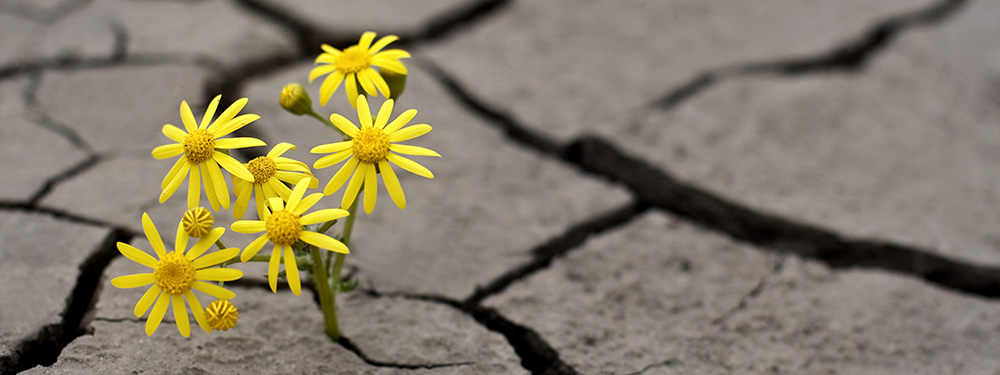
In these times of increasing and more extreme disasters, we’re pleased to announce that the theme of our 45th Annual Natural Hazards Workshop is one of hope—active hope to be specific. Because the concept of active hope is about envisioning a future worth hoping for and then taking the action to achieve it, we can think of no better lens to help shape our discussions about hazards and disasters.
We’ll be releasing our call for proposals to contribute to this year’s program very soon. Please be sure we have your most recent contact information so you can be notified of important dates and developments related to the Workshop and registration. You can sign up or update your information on our signup form.
You’ll find more information about the Workshop, to be held in Broomfield, Colorado, from July 12-15, 2020, on the Natural Hazards Center website. Information for the annual Researchers Meeting that immediately follows the Workshop on July 15 and 16, is also available.
In the meantime, we hope you will read the theme statement from Director Lori Peek below and begin thinking about the actionable steps we can take to maintain our hope and forward momentum as the impacts of disasters escalate.
Active Hope in an Era of Environmental Extremes
This past year brought record-shattering disasters that caused great harm and suffering. From massive storms and floods to catastrophic wildfires and damaging earthquakes, millions of people—many of whom were already at the margins of society—have had their lives upended. Homes have been razed and entire communities have been wiped out. Precious cultural property has been destroyed and fragile ecosystems are under threat of total collapse.
How can we maintain hope in this era of environmental extremes? Can our community set an agenda for a resilient future, even while so many are stuck in seemingly endless cycles of disaster loss and disruption?
At the 45th Annual Natural Hazards Research and Applications Workshop, we will examine these and many other pressing questions by looking through the lens of active hope, a concept established in an inspiring book by the same name.
The old saying that “hope is not a plan” may be true, but when we become active in our hope, it can help us to design a different future. Active hope is different than being passively optimistic. Active hope is about recognizing our present conditions and establishing what we desire for ourselves, our communities, and the organizations where we work. Active hope is ethically and morally grounded, methodical, and carefully cultivated. It is about becoming fully engaged participants in creating and, importantly, enacting a vision for a more just and sustainable future.
Active hope can flourish when we take these three steps:
First, establish a clear view of reality. This is where scientists and practitioners gather and analyze data and evidence to characterize the threats and challenges that we face.
Next, use that clear view of the present circumstances to identify solutions we can envision—in what direction would we like progress to occur and what changes would we like to see made?
Finally, take active steps to move ourselves and those around us in the direction that we envision. These steps may involve sparking changes in individual attitudes, values, or behaviors. They could also result in more systemic transformations in our policies and institutions to help avert rising hazards losses and increase collective resilience.
Hope has not been adequately theorized or utilized in our field, which is understandably more attuned to documenting and understanding failures and losses. But members of this hazards and disaster community are visionary in so many ways—we are interested in imagining the possibilities of making things work by reducing risk.
At the 45th Annual Workshop, we invite contributions that will help establish a clear view of reality by assessing and reporting on the challenges of frontline communities, organizations, and other groups pushed to the brink by mounting environmental and social injustices. We also welcome contributions that envision an equitable and sustainable future and that include clear and actionable steps to respond to the great challenges of our time.
Please join us so that you can share your science, your practice, your wisdom, and your own active hope for the future. Working together, we can set an agenda and begin building momentum toward overcoming the harm and suffering caused by disasters.
Please take care of yourself and others.
Lori Peek, Director
Natural Hazards Center